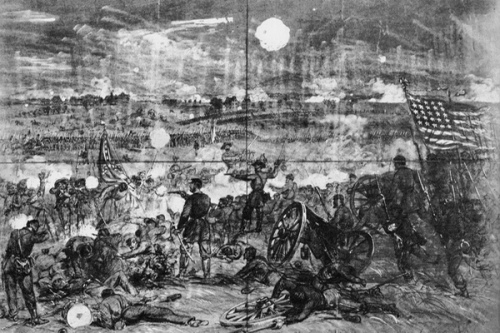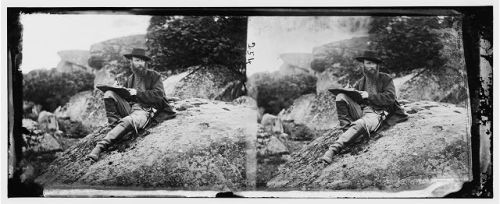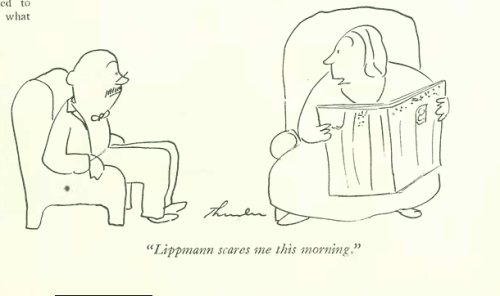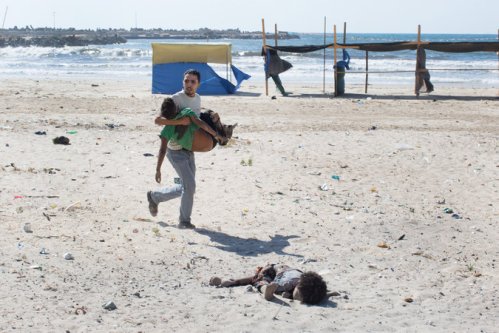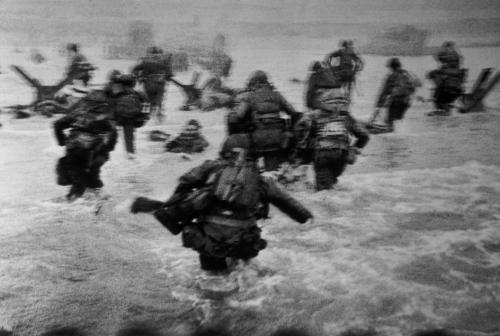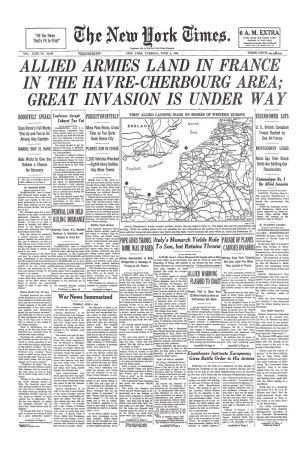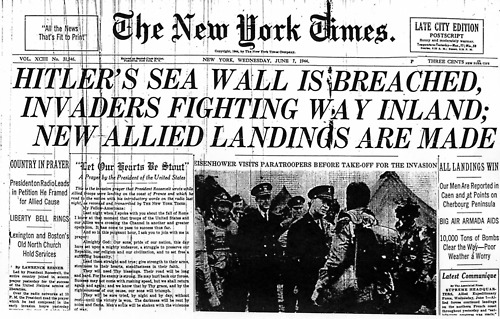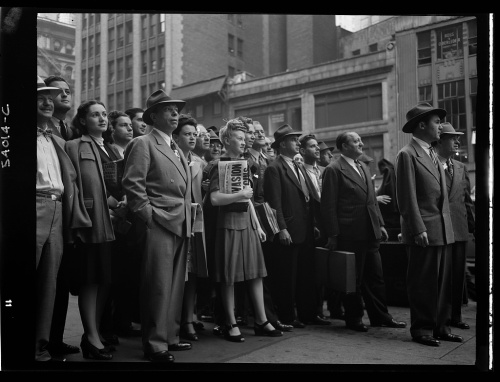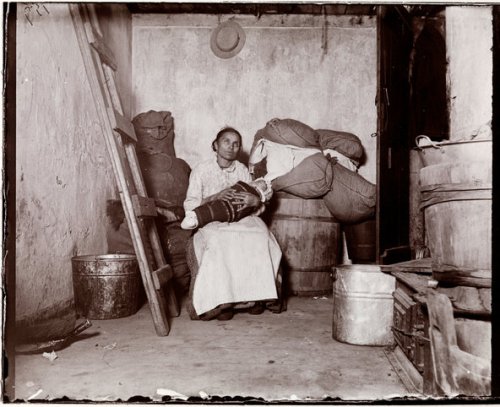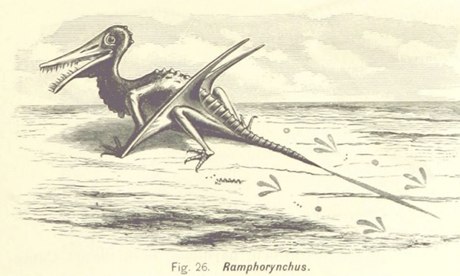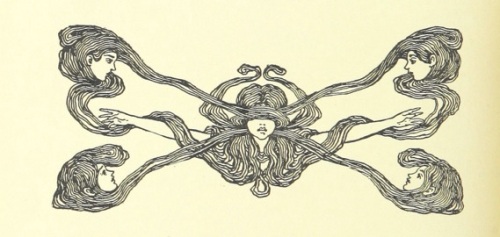By Christopher B. Daly
For all those reporters, photographers, videographers and others who end up covering Hurricane Irma (or any of the other intense storms that the climate throws our way), here is a quick guide to staying safe while on assignment. These are tips that I picked up during my decades as a reporter for The Associated Press and The Washington Post, along with suggestions from my colleagues and alumni from the Journalism Department at Boston University. (It will appear in a slightly different form in my forthcoming book The Journalist’s Companion.)
A JOURNALIST’S GUIDE
TO SAFE REPORTING
In rare and unpredictable circumstances, our work as journalists requires us to approach dangerous situations and take calculated risks. Other times, an apparently benign assignment can turn threatening. Wherever your assignment or curiosity takes you, keep these principles in mind:
—DON’T GO ALONE. If you can, go with another journalist. In any case, always make sure someone knows where you are – an editor, a colleague, a friend, a parent. Stay in touch with your “desk.” If there is a calamity, post to Facebook or some other platform, as soon as it is safe, so your friends and family know that you’re OK.
—DON’T MAKE THINGS WORSE. Do not interfere with “first responders” – their work is even more important than yours. Do not take a risk that results in you needing to be rescued.
—DON’T GET IN THE WAY. Take up a position where you can see but where no further danger will come sneaking up from behind. Cover your backside. At a fire, stand upwind, so that the smoke and cinders are not blowing at you. Don’t stand right above a working fire hose; they are under a lot of pressure. At a bombing, remember that bombers often plant a second bomb, timed to go off right around the time you would be arriving.
—DO BE PREPARED. Wear sensible clothes, especially sturdy shoes, even on routine assignments. Pick clothes with lots of pockets. Bring all the gear you depend on, including extra batteries. Wear a press badge on a lanyard, so it’s visible. Carry a pencil or two, just in case your ink runs out or freezes.
—DO MAINTAIN “SITUATIONAL AWARENESS.” Look around and listen to the environment, even while doing an interview or taking a photo. In disasters, things change fast. Be ready to run.
—DO WHAT YOU’RE TOLD. Within reason, obey the lawful safety dictates of firefighters, police officers and other first responders. (This does not mean you have to submit to unconstitutional restrictions, but unless you bring your own army, you may have to fight that one another day.)
—DO TAKE A COURSE IN FIRST AID, and consider a course in self-defense.
ESSENTIAL GEAR:
–Sensible shoes, suited to the situation (waders, snow boots, etc.)
–Press pass, plus i.d. (and, where appropriate, passport).
–Cell phone, with charger and external backup power supply.
–Digital camera, with charger and external backup power.
–Cash and credit card.
–A bandana (which can be used to protect your face from smoke or tear gas).
–A headscarf.
–A bottle of water (and some kind of energy bar).
–Collapsable monopod or hiking staff (or, a flexible mini-tripod).
–Batteries of all kinds.
–Pens, mechanical pencils, etc.
–Flash drive or external hard drive.
–Mini-binoculars (I keep these around for birding, and they can come in handy).
–Comfortable clothes with lots of pockets.
Most of these things should be in your backpack, handbag, or briefcase at all times. You never know!





